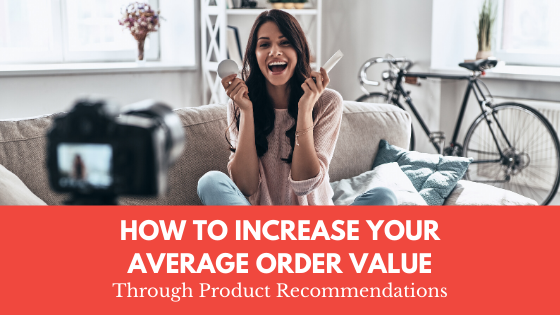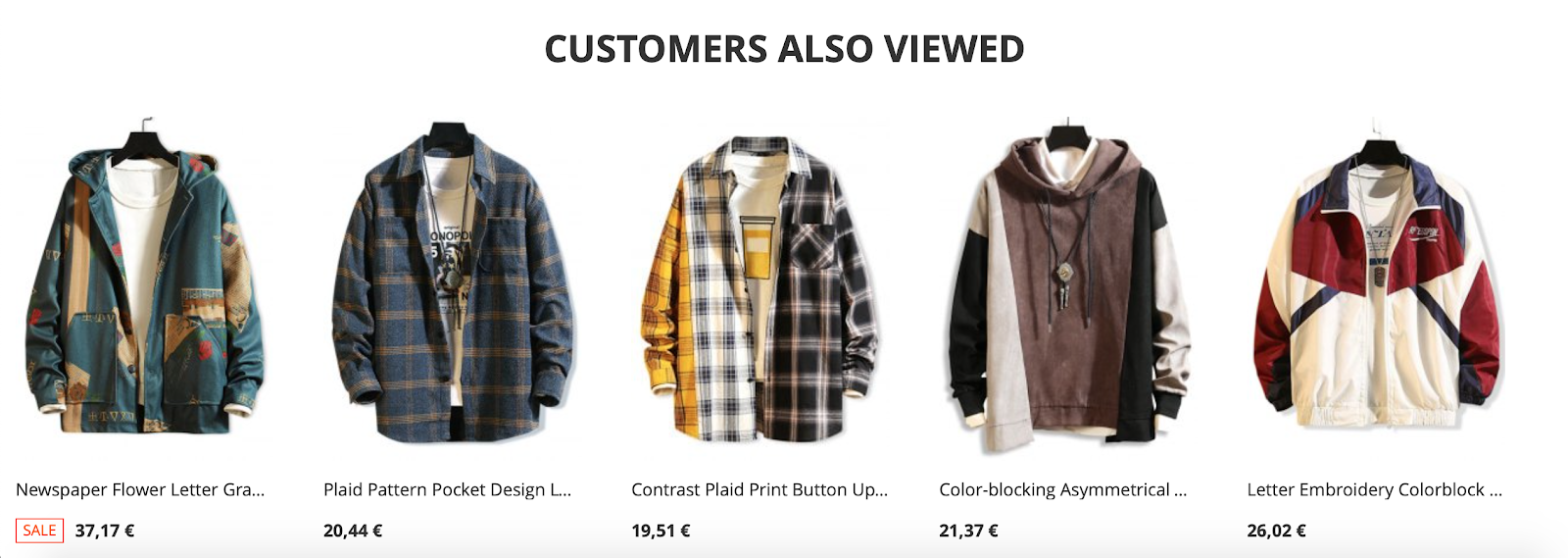We have good news and bad news for you. The bad news is that the content marketing strategy that has been working for your brand perfectly in 2019 will not work in 2020. The good news is that if you adapt your strategy to current content marketing trends, your content marketing agency will easily achieve the desired results in the new year.
The key problem is that modern customers feel overwhelmed by the content options. And as you have probably noticed, it’s getting more challenging to grab their attention. To understand what specific content your target audience is ready to consume, check out the following four content marketing trends.
Video Content
Video content is not a new trend. And it’s highly likely that your current content marketing strategy is focused on video content production. But the point is that to succeed in 2020, you should generate even more videos than you did before.
Results of the resent survey reveal that 54% of consumers want to see more videos from brands and businesses they follow online. So you should expand your video content strategy, and start shooting new types of videos. Here are a few content ideas to consider:
TikTok videos – If you target Generation Z, you must create videos for this new popular social media app. Since consumers are becoming increasingly skeptical of traditional ads, the raw, unedited videos on TikTok help to engage the audience better than other types of content.
How-to videos – Are you struggling to sell products that are new to the market? Try to create videos that explain how to use, apply, wear, install, or clean your products. Provide your customers with the answers to the most frequent questions, and you will double your sales.
Customer testimonials – People do really care about the opinions of others. So if your satisfied customers share video testimonials, it will help you to convince your prospective buyers to try your products.
Unboxing videos – Modern customers are obsessed with this type of content, and scientists still struggle to explain why. Unboxing videos are cheap to produce, so even if you operate on a tight marketing budget, you can afford it.
Content Personalization
According to the recent marketing research, 90% of consumers feel positively towards the brands that “treat them as an individual”. And they feel negatively towards the brands that use a “one-size-fits-all” approach in marketing. For this reason, the primary tasks of every modern company are to produce personalized content and to create a personalized shopping experience.
Here is a list of tools you can use to boost your content personalization efforts:
SurveyMonkey. If you want to personalize your content, you should know your customers better first. Survey Monkey is a great tool you can use to run a survey and collect the personal data you need.
TopEssayWriting – it’s a writing service that employs highly-qualified content strategists. You can use it to create personalized social media posts, emails, articles, and other textual content.
If-So Dynamic Content – it’s a WordPress plugin that allows personalizing any content. The plugin automatically adds or replaces content according to the visitor’s profile or interaction with the site.
MailChimp. It’s an email marketing tool that allows companies to send the content that matters to the target audience the most. If you want to create a personalized shopping experience for every customer, use MailChimp.
ClassyEssay – It’s another online writing service. You can use it to get professional assistance from experts in content personalization.
User-generated Content
Studies show that 66% of UK buyers and 63% of US buyers trust customer photos and videos more than they trust content published by brands. And it means that that if you want to convince your target audience to buy your products, you don’t really need to work hard to create tons of content. You can just use content published by your real customers for free.
“User-generated content (UGC) is a game-changing trend that you can use to improve your business. In 2020, don’t spend your entire marketing budget on content production. Invest some money in engaging your customers in a content generation – and you will be amazed at results” says Trevor Robbins, a content strategist at Studyker and WriteScout.
Here are a few tips on how to collect more user-generated content:
Choose a branded hashtag, if you haven’t chosen one yet.
Use the bio of your social media account to explain to your customers what they should do to get a chance to be featured on your website or Instagram.
To boost your efforts, use email marketing. Offer your customers a small reward (e.g., discount for the next purchase, coupon code) for writing a review.
Voice Search
Voice assistants like Amazon’s Alexa, Apple’s Siri, Samsung’s Bixby, Google Assistant, are not a new thing to the market. According to new research, seven out of 10 owners of the voice-controlled devices now use devices daily, up from four in 10 a year ago.
People use voice assistants not only to check the weather or play music but also to research and buy products. And the experts suggest that voice-based shopping will jump to $40 billion in 2022.
If you want your brand to benefit from this trend, you should adjust your content marketing strategy accordingly. There are four things to consider when creating content for voice search:
Choose long-tail keywords over short-tail keywords.
Use more natural language and write your blog in a conversational tone.
Add frequently asked questions with answers to blog posts
Simplify everything. Substitute sophisticated phrases with the words that people use in real-life conversations. For instance, write the word “use” instead of “utilize”.
In Conclusion
Follow these five content marketing trends in 2020, and you will achieve all the goals set. Also, keep watching the market and revisit your strategy if a new trend emerges. Don’t ignore the trends, and your business will stay profitable in the long run.
About Angela Baker
Angela Baker is a self-driven specialist who is currently working as a freelance writer at BeGraded and Subjecto writing services and is trying to improve herself and her blogging career. She is always seeking to discover new ways for personal and professional growth and is convinced that it’s always important to broaden horizons. That's why Angela develops and improves her skills throughout the writing process to help to inspire people. Also, she writes for LiveInspiredMagazine, rounding out her professional writing career.























